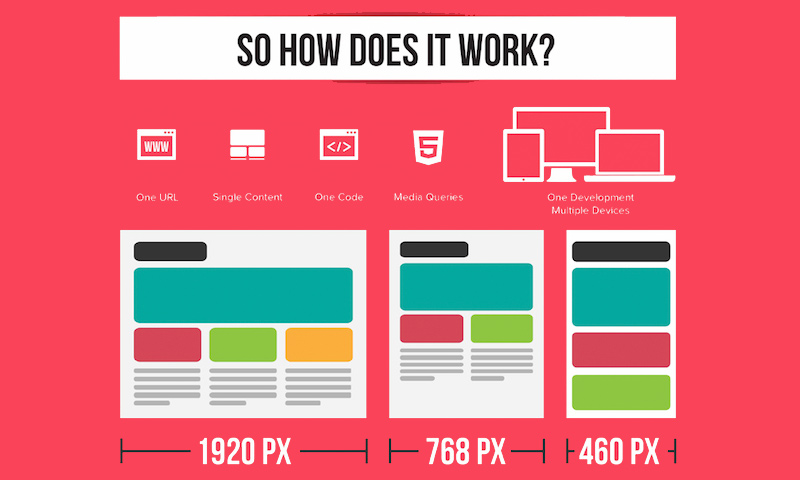Improve Your Site'S Customer Experience And Pursue Layout Quality With Our Intuitive And User-Friendly Tips And Techniques
Improve Your Site'S Customer Experience And Pursue Layout Quality With Our Intuitive And User-Friendly Tips And Techniques
Blog Article
Created By-Dillard Mccarthy
Master the art of web design by concentrating on individual experience. Craft user-friendly navigation and select mobile optimization to boost the searching experience. Make search engine optimisation seo navigating with clear headings and enticing visuals. Prioritize mobile responsiveness for a constant individual experience. By including these necessary layout principles, you can create an easy to use internet site that mesmerizes site visitors.
Important Design Principles
When developing a website, prioritize customer experience above all else. Your primary goal needs to be to create a smooth and pleasurable experience for your visitors. Start by ensuring that your internet site is very easy to browse. Use https://www.forbes.com/sites/forbesagencycouncil/2021/11/03/10-non-digital-inbound-marketing-tactics-to-turn-consumers-into-prospects/ , organized menus, and intuitive switches to guide individuals with your web content easily. Remember, simpleness is vital. Prevent littering your pages with unnecessary components that can overwhelm or confuse your audience.
Another vital style concept is to make certain your internet site is aesthetically appealing. Choose a natural color scheme, premium images, and legible typefaces to enhance the total look of your site. https://eduardonidwq.azzablog.com/29999097/just-how-to-pick-the-right-local-search-engine-optimization-service-provider-for-your-company is crucial in establishing a solid brand identification and making your site a lot more remarkable to users.
Additionally, focus on mobile responsiveness. With even more individuals browsing the internet on their smartphones and tablets, it's necessary that your website looks and functions well on all gadgets. Test your site on different screen sizes to guarantee a seamless experience for all users. By focusing on these necessary design principles, you can produce an user-friendly website that maintains site visitors returning for more.
User-Focused Navigating
To improve user engagement and enhance their surfing experience, focus on producing intuitive navigating paths that lead visitors seamlessly through your internet site. Clear and efficient navigating is critical for helping customers discover the info they need promptly and effectively. Start by keeping your food selection structure easy and easy to understand. Use detailed tags that clearly indicate what material can be found under each menu choice. Furthermore, take into consideration applying dropdown menus for subcategories to avoid overcrowding the main navigating bar.
Another key aspect of user-focused navigation is using breadcrumbs. Breadcrumbs are a second navigation aid that shows individuals their present place on the internet site and allows them to conveniently browse back to previous web pages. This feature is particularly helpful for users that enter your website through a deep link or a search engine result.
In addition, integrating search performance prominently on your internet site can even more enhance user navigation. A search bar enables users to promptly find details content without having to click via numerous pages. Make sure that your search bar is easily noticeable and available on every page of your site for optimum use. By prioritizing user-focused navigation methods, you can create an extra instinctive and satisfying surfing experience for your visitors.
Mobile Optimization Techniques
Consider maximizing your site for smart phones to ensure a smooth individual experience throughout different screen dimensions. Mobile optimization is critical in today's digital landscape where a substantial section of internet browsing occurs on smart devices and tablet computers.
To enhance mobile use, start by executing responsive design strategies. This technique enables your web site to adjust to various screen dimensions, maintaining capability and aesthetics.
Concentrate on optimizing packing times for mobile users. Slow-loading websites can prevent visitors and influence your online search engine rankings. Press images, lessen HTTP demands, and take advantage of internet browser caching to improve packing rate. Additionally, focus on material hierarchy for mobile displays. Make sure that crucial information is plainly shown, and navigation is intuitive, advertising easy accessibility to crucial areas.
Use touch-friendly elements such as bigger buttons and streamlined types to facilitate interaction on mobile phones. Conduct complete testing throughout different mobile platforms to identify and fix any type of usability issues.
Conclusion
Finally, understanding the art of website design is essential for creating a straightforward site. By incorporating necessary design principles, user-focused navigating, and mobile optimization techniques, you can ensure a seamless and delightful experience for your site visitors.
For instance, a local pastry shop saw a 30% rise in on the internet orders after revamping their web site to be much more easy to use and mobile-responsive. Keep in mind, a properly designed website can make all the distinction in attracting and retaining consumers.
